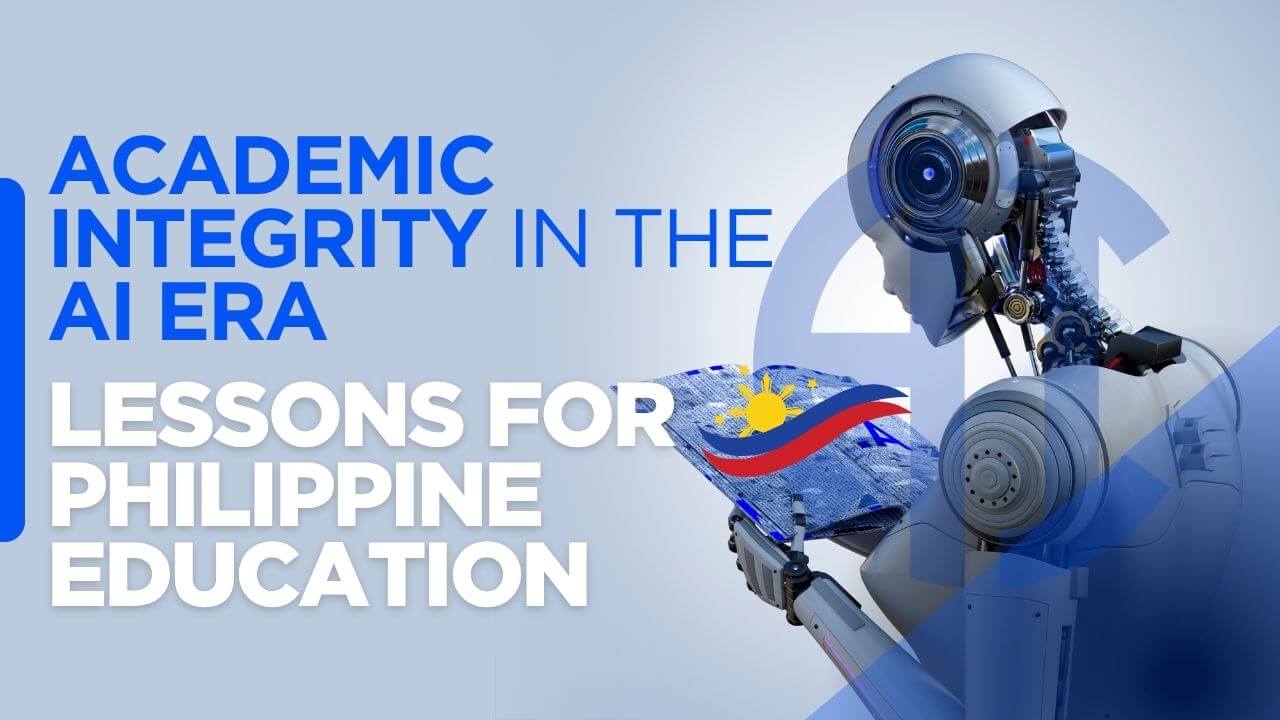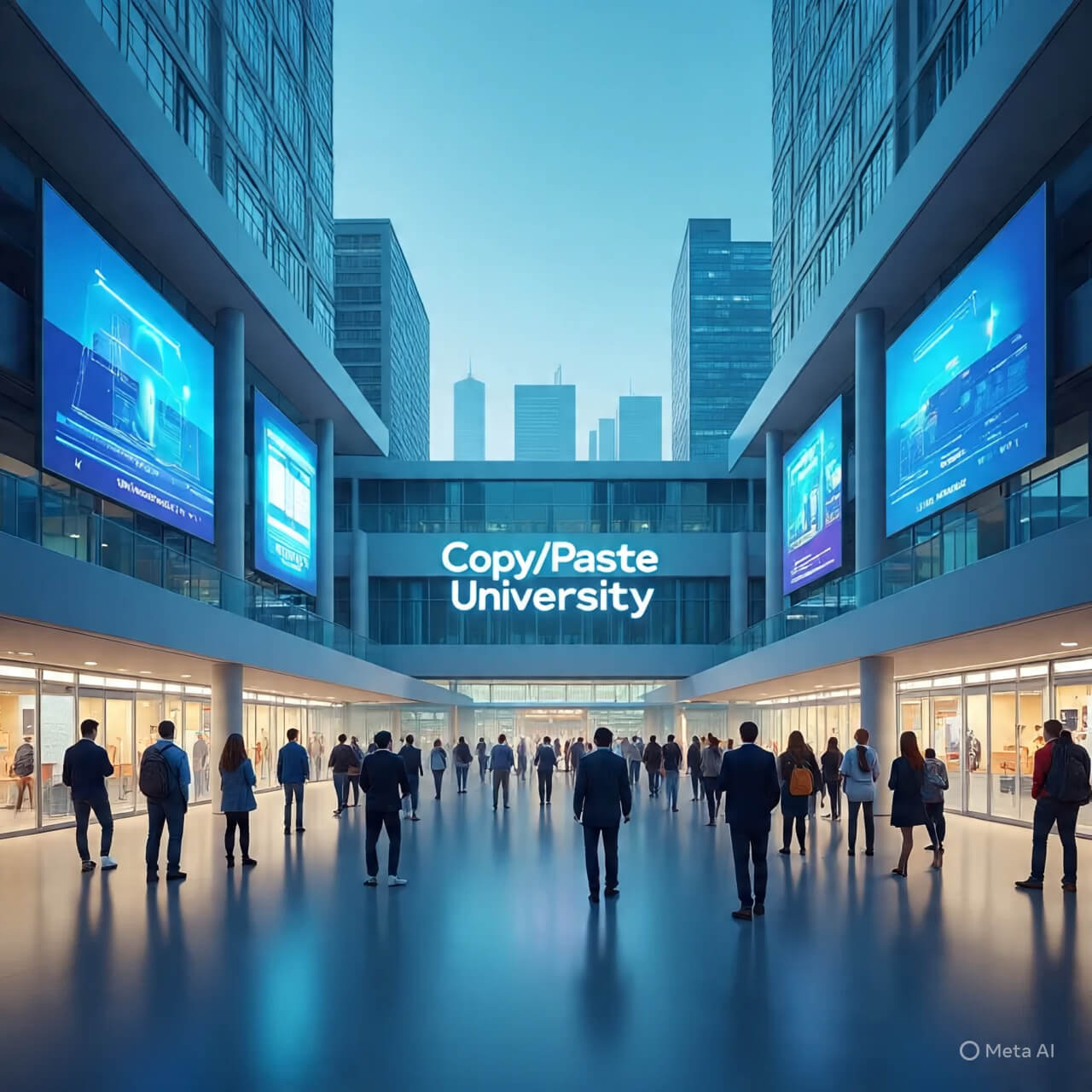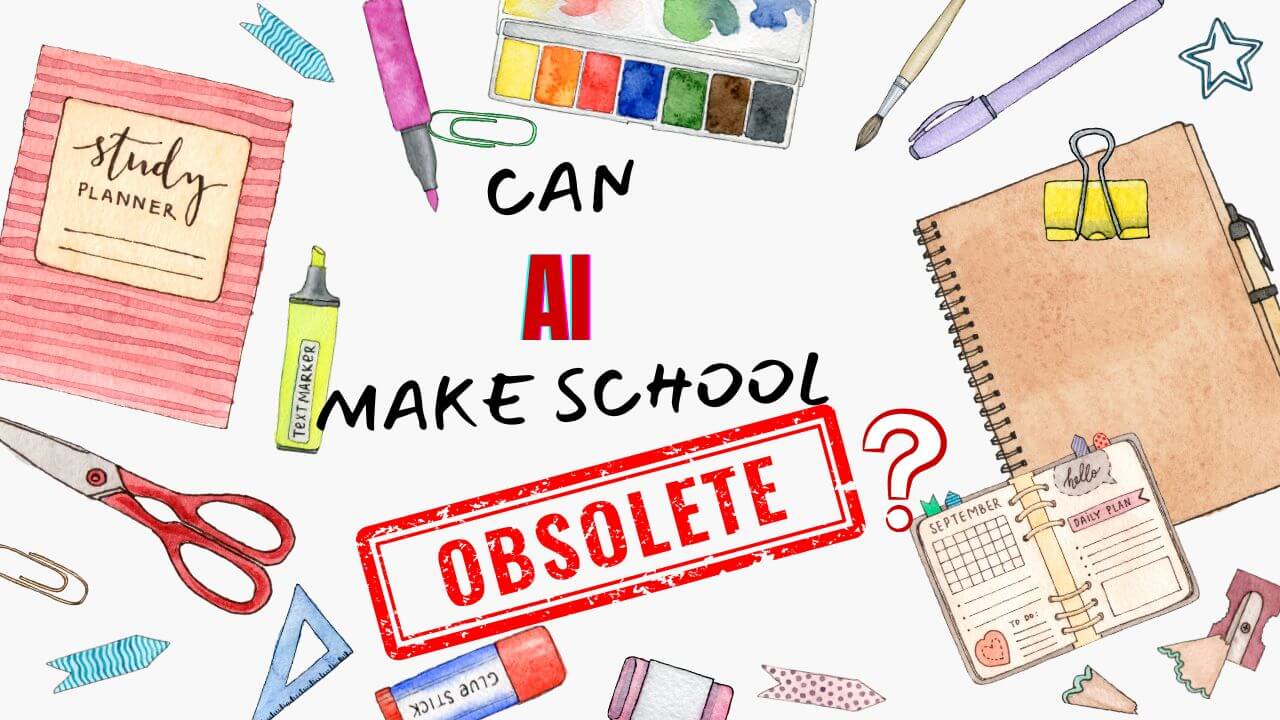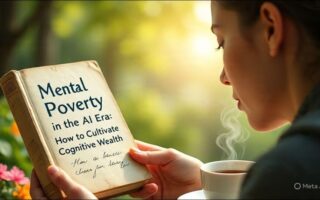🔍 Introduction: The Shortcut Temptation
In the age of AI, productivity is just a prompt away. Need a 500-word essay? ChatGPT can write it in seconds. Need a sleek presentation? Canva’s AI tools will design it faster than you can say “deadline.”
Across classrooms, dorms, and remote work setups, a quiet shift is unfolding: the rise of AI shortcuts.
Students, teachers, and employees are embracing these tools to save time, reduce effort, and meet expectations. But beneath the surface lies a deeper question: Are we gaining efficiency, or outsourcing the very thinking that makes us human?
🧠 Who’s Using Shortcuts—and Why?
- Students use AI to brainstorm, summarize, and ghostwrite assignments.
- Teachers use AI to grade, plan lessons, and automate feedback.
- Employees use AI to draft emails, transcribe meetings, and generate reports.
AI tools like ChatGPT, Grammarly, Canva, and SlidesAI are now part of the academic and professional toolkit. They’re not inherently bad. In fact, 72% of students say AI improves their productivity. But when shortcuts become the default, we risk bypassing the very skills education is meant to build: critical thinking, creativity, and intellectual rigor.
⚠️ Shortcut Culture: The Risks
- Superficial Learning AI-generated answers may look polished but lack depth. Students skip the struggle, missing the cognitive workout that builds real understanding.
- Academic Dishonesty: A 35% rise in suspected AI-generated submissions was reported in 2023. Many students now submit work they didn’t write, undermining trust in grades and diplomas.
- Cognitive Decline Neuroscientific studies show that over-reliance on AI weakens neural connections over time.
- Loss of Intellectual Ownership: Students can’t defend or explain work they didn’t create. This erodes confidence and makes interviews, presentations, and real-world tasks harder to navigate.
- Erosion of Teacher Authority When AI becomes the “real” teacher, educators struggle to engage students who see bots as smarter, faster, and more helpful.
- Shortcut Addiction Once students experience instant results, they may resist deeper learning. The habit of “just ask AI” replaces curiosity, persistence, and independent thought.
- Credential Inflation: Grades and diplomas lose meaning when AI does the heavy lifting. Employers may begin to distrust academic qualifications, hurting honest students.
- Cultural Copy-Paste AI often reflects Western norms and phrasing. Filipino students using it uncritically may lose their voice, context, and cultural nuance in their work. 👉 Read: Copy-Paste University in the Prompt Era
📚 Is It Just a Philippine Problem?
Not at all. Globally, shortcut culture is spreading:
- In the U.S., AI use among teens for homework doubled in one year.
- In Europe, universities are debating “AI-free zones” for foundational learning.
- In Finland, educators are rethinking what counts as “knowledge” in a world of instant answers.
But in the Philippines, where education is underfunded and overburdened, the stakes are higher. 👉 Read: Academic Integrity in the Age of AI
🤖 What Can AI Do Right?
AI isn’t the villain. It can:
- Personalize learning
- Offer instant feedback
- Help students practice and explore ideas safely
- Support teachers with planning and grading
The key is how we use it. AI should be a smartcut, not a shortcut—a tool that deepens learning, not replaces it.
🛠 What Should We Do?
- Redesign Assignments: Make tasks multi-layered, requiring synthesis, reflection, and critique.
- Teach AI Literacy: Help students evaluate AI outputs, not just consume them.
- Create AI-Free Zones: For foundational skills like writing, research design, and critical analysis.
- Model Ethical Use: Teachers and employers must show how to use AI responsibly, not just efficiently.
- Reclaim Curiosity: Encourage students to ask better questions, not just faster ones.
🐾 Final Thought: The Shortcut Isn’t Always the Smartcut
AI can be a brilliant co-pilot. But when we let it drive without thinking, we risk becoming passengers in our own education.
The question isn’t “Should students use AI?” It’s: “Are they still learning when they do?”
Let’s build a future where AI amplifies human insight, not replaces it. Because in the age of AI, the real shortcut is knowing when not to take one.
📚 Sources
- AI in Education: A Shortcut or a Roadblock to Foundational Knowledge? – Springer
- Academic Integrity in the Age of AI – AIWhyLive
- Students Are Using AI Already – Harvard GSE
- Help Students Think Critically in the Age of AI – Harvard Business Publishing
- Shortcut to Knowledge? – Tampere Universities
- AI Tools and Shortcuts: Workplace Efficiency – COMMpla
- AI Productivity Tools for 2025 – Productivity Shift
- Best AI Assistants for Work – TextCortex
- Teachers and Students Disagree on AI – CCPulse
- AI and Student Creativity – University of South Carolina
- AI in Education: Shortcut or Smartcut? – Aufiero Informatica







